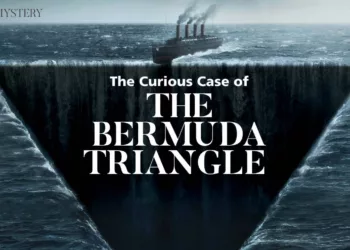The Nizams of Hyderabad were some of the most prolific rulers in India whose wealth came from the control of the Golconda mines as they were the only suppliers of diamonds to the world during the reign of the last Nizam, Mir Osman Ali Khan, considered to be amongst the wealthiest men.
Hyderabad has a long and winding history associated with a rich Indo-Islamic culture that was prevalent under the Nizams. Besides their immeasurable wealth, their opulent and regal jewellery, which was inlaid with the most precious stones, was truly spectacular. After the annexation of Hyderabad in 1948 by the Indian government, a large portion of their jewellery is now owned by the Government and is protectively kept in the Reserve Bank of India’s headquarters in Mumbai.
The state came into power after the downfall of the Mughal empire, and Mir Qamar-ud-din Khan Siddiqi Bayafandi became the first Nizam after many hurdles. Over the two centuries that they ruled, they witnessed some of the pivotal moments in Indian history, including the culmination of the Mughal rule, British colonialism, Marathas, East India Company and subsequently the Partition of India. After much turmoil, Hyderabad became a part of India. Many people believed that the Nizam would remove the jewellery from India out of the reach of the Government. However, he later rebuffed the claim, and the Government asked his treasurers to make an inventory of the jewels.
According to the Deccan Chronicle, “The inventory included 30 sets of jewellery contained in trays; closed boxes of jewellery sets in the name of his eldest wife Dulhan Pasha and seven other ‘ladies of senior position residing in the Palace’; 5 gold bricks; 6 gold bars; 65 gold chips; one large gold brick; 80,000 Ashrafis in HEH Treasury; 100,000 Ashrafis and 10,000 Sovereigns in the Nazari Bagh Treasury; 8 crore pieces of Hali Sicca Rupee coins (pure silver); and 7 crore Hali Rupee currency notes.”
Mir Osman Ali Khan took deliberate measures to not let his wealth be touched until after his and his son Azam Jah’s death. Eventually, these jewels came under the administration of the Government. This includes many rare collection pieces that are sometimes exhibited, the most notable being the Pachchikam necklaces, which originate from Gujurat and have a fusion with European roots. These are very delicate pieces that are intricately set to look lifelike.
Earrings included the karan phool, which is a prominent style of Indian craftsmanship which is prevalent in the Deccan region and is characterised by the use of reds and greens. Armbands were mostly worn by men, which in today’s time is also worn by women, and the most renowned ones are from the Jaipur-origin Kundan variety, which involves stonework embellishments that are adorned with single un-cut diamonds among other precious stones.
Waistband Belts were also worn since, in a more Westernised style of dressing, the neck was often hidden, which meant that necklaces would be redundant to wear. So, in order to still look more adorned and have jewellery somewhere which was visible, these embellished belts were used and later became an indispensable part of the Nizam’s look and an intangible heritage piece in their collection. They were inlaid with precious and semi-precious stones and were a beautiful addition to the outfit, making the person look more elegant.
Dainty anklets were worn by women as a way to symbolise they were married and were often gifted by the groom to his bride as a means to declare their courtship. In accordance with the women’s status in court, these anklets were intricately crafted using precious gemstones. The Nizam Jewels are not just items of splendour but are a glimpse into the opulence of the Nizams and the history behind their beauty.











